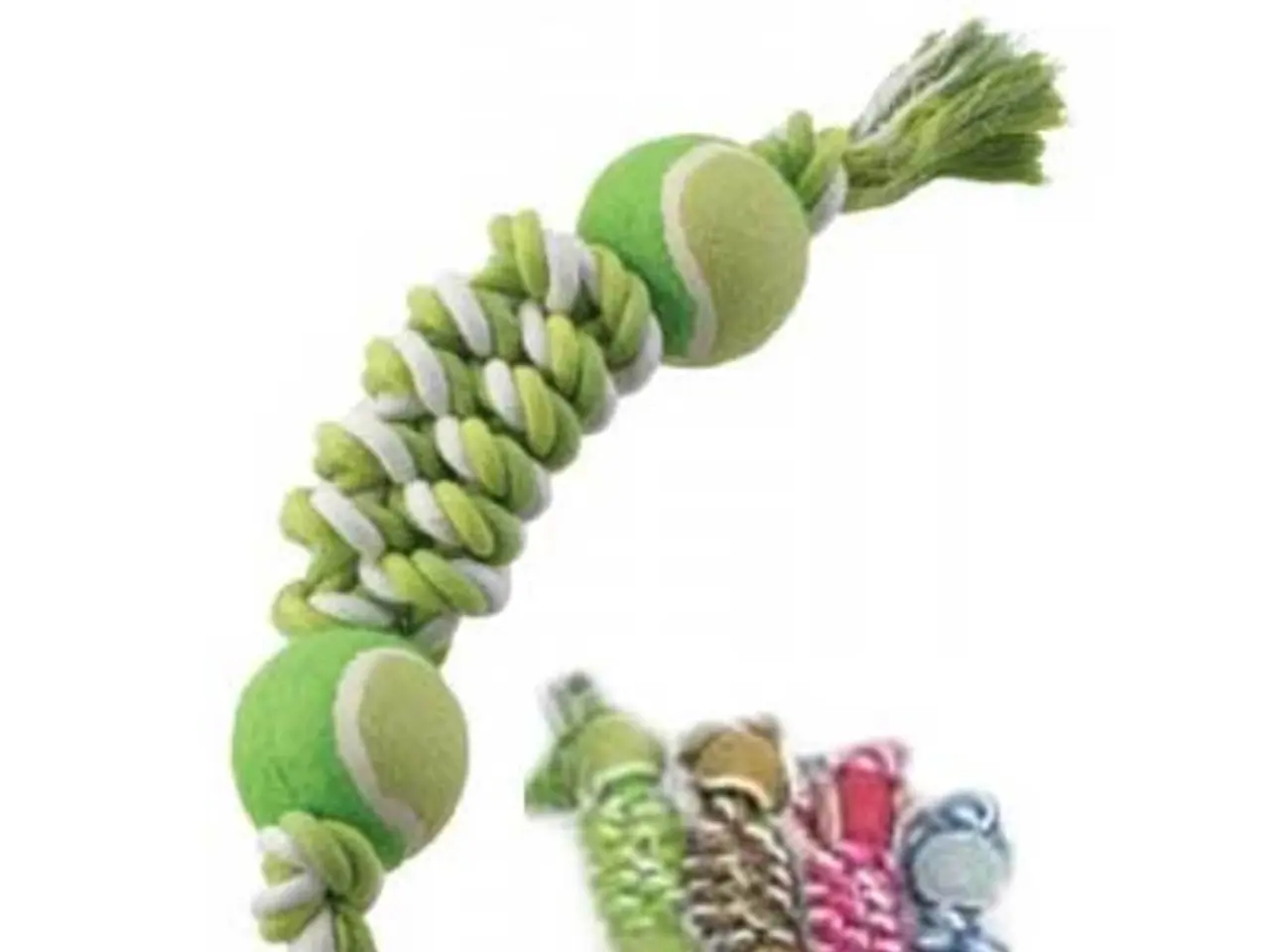Undescended Testicles: A Serious Threat to Male Fertility
The scrotum, a muscular sac, houses and safeguards the testicles. Its unique design and functions ensure optimal sperm production. However, undescended testicles, if left untreated, can lead to infertility in adulthood.
The scrotum is divided into two compartments, each containing a testicle. It descends into place during the first year of life. The cremaster muscle plays a crucial role in regulating temperature. When exposed to heat, it relaxes, allowing the scrotum to hang lower and further away from the body to cool. Conversely, in cold temperatures, it contracts, pulling the scrotum closer for warmth. This temperature regulation is vital for normal sperm production.
If the testicles do not descend, treatments are available. Hormone injections, such as human chorionic gonadotropin (hCG) or testosterone, may be used. In some cases, surgery might be necessary to bring the testicles into the scrotum. Without treatment, undescended testicles can lead to infertility in later life.
The scrotum's design and functions are integral to male reproductive health. Understanding its role and seeking treatment for undescended testicles can prevent potential infertility issues in adulthood.





